Last Updated on July 8, 2022 by
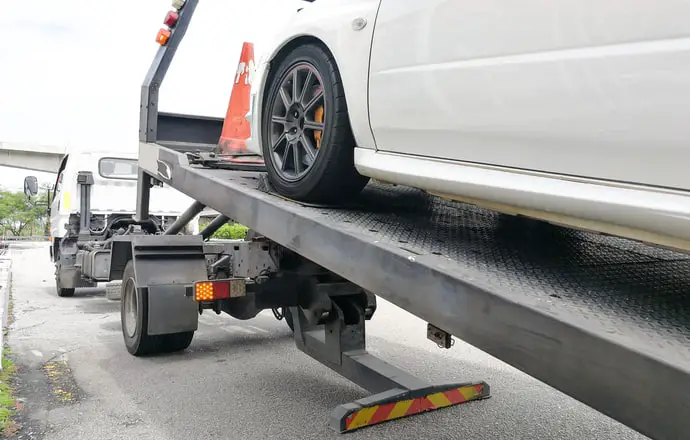
While electric vehicles are more reliable than those with traditional combustion engines, there are still times when something will go wrong and it will need to be towed to safety. A flat tyre, brake problems or a flat battery are all examples of this.
Can You Tow an EV?
The simplest way of towing a vehicle is simply dragging it using a tow rope attached to the vehicle in front. This is known as flat towing. However, it isn’t generally an option for electric vehicles. This is because many EVs do not have a neutral gear, which means that the wheels are always connected to the engine. If the wheels turn rapidly, this will cause the engine to turn as well, which is likely to cause damage as the engine will overheat without a cooling system operating to keep the temperature down.
Since EVs operate in different ways, it’s important to know what the manufacturer recommends in terms of towing. With many models, the strong advice is only to tow on a flatbed truck so that all four wheels are off the ground. This is also the case for other types of vehicle such as four-wheel drives, and may also be the case for any vehicle if it has seized brakes or a problem with the wheel bearings.
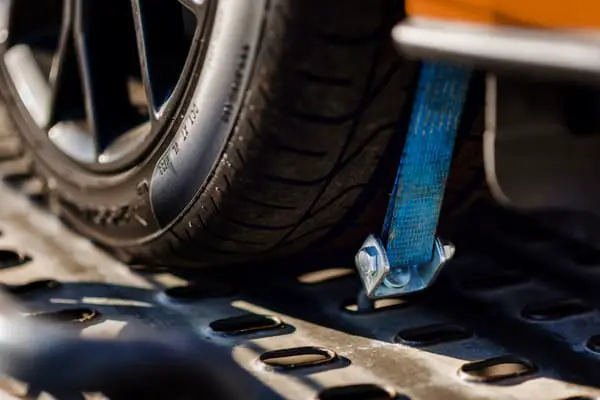
The Nissan Leaf and the Chevrolet Volt are examples of EVs which are front wheel drive. In theory this should mean they are towable if the front wheels are lifted off the road and only the rear wheels are rotated. However, both these manufacturers still recommend a flatbed tow truck.
This is due to other considerations. For example with a Leaf, towing this way will only work if the ignition is on and the parking brake can be released. This of course requires the driver to be present – so parking enforcement companies need to be very wary! Because of these issues, the general advice is not to flat tow an EV at all. Some manufacturers say that flat towing a very short distance at walking pace is acceptable, which might be important to get the vehicle off a busy highway, for example.
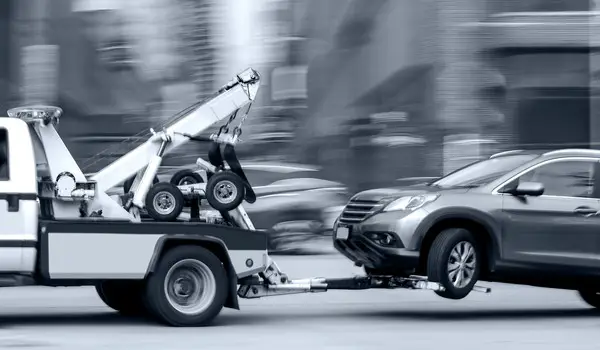
Different EV models use different types of technology. So-called synchronous motors involve a permanent magnet which means that any movement will automatically be converted into power. This is very energy-efficient, but makes flat towing dangerous. Induction motors use a different system where the magnetisation is not permanent. For these, towing may be possible but there may be other design aspects that make flat towing problematic.
One thing not recommended by anybody is deliberately towing an EV some distance in order to charge up a flat battery. While anecdotally this has been done, it is liable to invalidate any kind of warranty if tried.
Reputable Services and How They Operate
All of this might make people think that EVs are problematic when it comes to roadside breakdown. However, the leading breakdown providers in the UK – the AA, the RAC and Green Flag – all offer breakdown cover for EVs at no additional cost. This very much suggests that taken as a whole the industry does not see providing breakdown cover for EVs as an additional burden. Perhaps this is because EVs are less likely to break down in the first place, so the additional cost when they do is more than offset by the lower frequency of breakdowns. It also means that for motorists, having breakdown cover for an EV is no more expensive than for a conventionally powered vehicle.
Both the AA and the RAC have developed techniques for dealing with EV breakdowns.
AA
The AA announced recently they have developed a special Multifit wheel with a bearing which allows the wheel to turn independently of the axle. These wheels can be fitted on almost any vehicle and are currently being trialled. This would potentially mean that one set of wheels could be replaced by the Multifit wheels to enable flat towing, an especially important bonus if a breakdown occurs in a narrow street or a place where access for a flatbed truck is a problem.
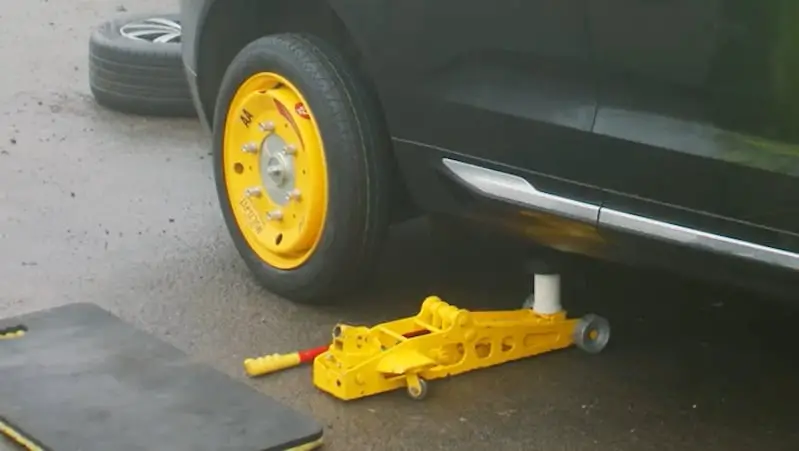
RAC
The RAC, on the other hand, has developed a four-wheeled trailer which can be carried in their standard roadside assistance vans and assembled as needed. These trailers enable a vehicle to be towed with all four wheels off the road – exactly what’s needed. The company is saying that eighty percent of their fleet is now equipped with these trailers.

What About Flat Batteries?
Range anxiety is of course a real issue for EV drivers. Both the AA and the RAC say that if an EV runs out of battery they will be able to tow it to the nearest charging point. Green Flag is also saying that they can do this, although they don’t explain exactly how. So from the motorist’s point of view, an EV’s towing constraints don’t appear to prevent them from being covered if they do run out of juice. In addition, RAC vehicles can offer a mobile charging unit which can give a flat battery a charge equivalent to ten miles, generally enough to get the car to a charging point – and there are apps which can pinpoint exactly where that is.
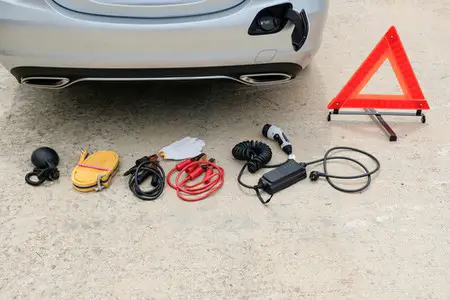
Having said all that, the breakdown companies are reporting that the number of times they are called to an EV for a flat battery is surprisingly low. This may be because we are still at the stage where most EV drivers are “early adopters”, so they are more aware than average of all the issues around range and more likely to have researched the matter fully. As EVs become mainstream, it will perhaps be more likely that drivers will misjudge distances and become stranded with flat batteries. The breakdown industry is assuming they will have to deal with this problem more often in the future and appears to be planning for it, with more options for mobile charging being explored.
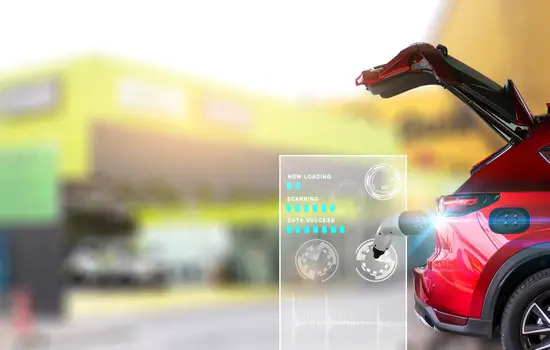
The Future of Towing EVs
Industry bodies keen to push the rollout of EVs are calling for standard towing procedures to be adopted which will work across all EV makes and models. This will provide much greater clarity in terms of what can and can’t be done to move an EV. Currently, the advice does vary, which carries the risk that an EV will be towed in an unsafe way. The advice also needs to work for situations when an EV needs to be moved and the driver is not present, for example an abandoned vehicle or one which is causing an obstruction.
In the meantime, it is reassuring that innovative solutions that seem easy to implement are already available, at no additional cost so far to the EV motorist.
